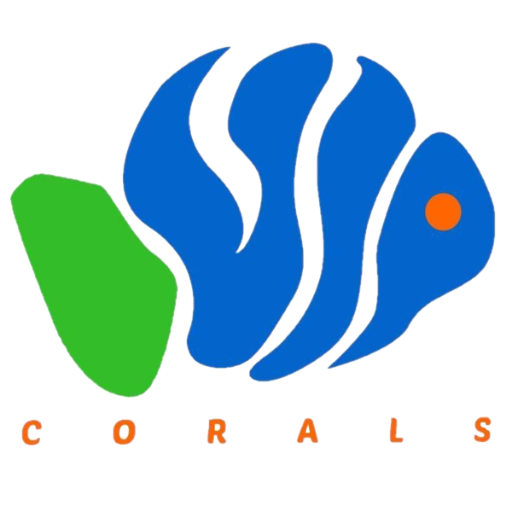Authors
Alecs L. Persia, Chryzantine Joy W. Domingo, Kathrina Joy D. De Austria, and Jayvee Ablaña Saco
December 2020
Abstract
Kappaphycus alvarezii, locally known as guso, is a commercially important red seaweed because of its water-soluble κ-carrageenan. It also functions as an additive in commercial and pharmaceutical products. The continuous increase in demand in local and international markets has prompted the establishment of seaweed farming sites in the Philippines. However, the present scenario showed a decline in production due to occurrences of ice-ice disease and epiphytism. Most farming sites had also exceeded the carrying capacity for farming, including Calatagan, Batangas – the only seaweed farm in the province. Thus, this study aimed to identify potential farming sites outside Calatagan. Three sites in Lobo, Batangas were selected for assessment. On each selected site, a 3.57 m by 2.05 m floating raft with four monolines was deployed wherein seven K. alvarezii seedlings were tied in each monoline. The percent growth rate of the seedlings was monitored every week for one month alongside the physicochemical parameters i.e., water temperature, salinity, and depth. From the three sites assessed, Olo-olo showed the highest percent growth rate ranging from 2.11 to 3.63% d-1 followed by 1.17 to 2.12% d-1 in Sawang, and 0.72% d-1 in Lagadlarin. Moreover, values of about 30ºC, 32 ppt, and 1.8 m suggest that Olo-olo may be suitable for seaweed farming. With further studies, the site may be proven to be a potential farming site for K. alvarezii, which can serve as an alternative livelihood for the locals.
IRJIEST+2020_Persia.et.al_compressed
